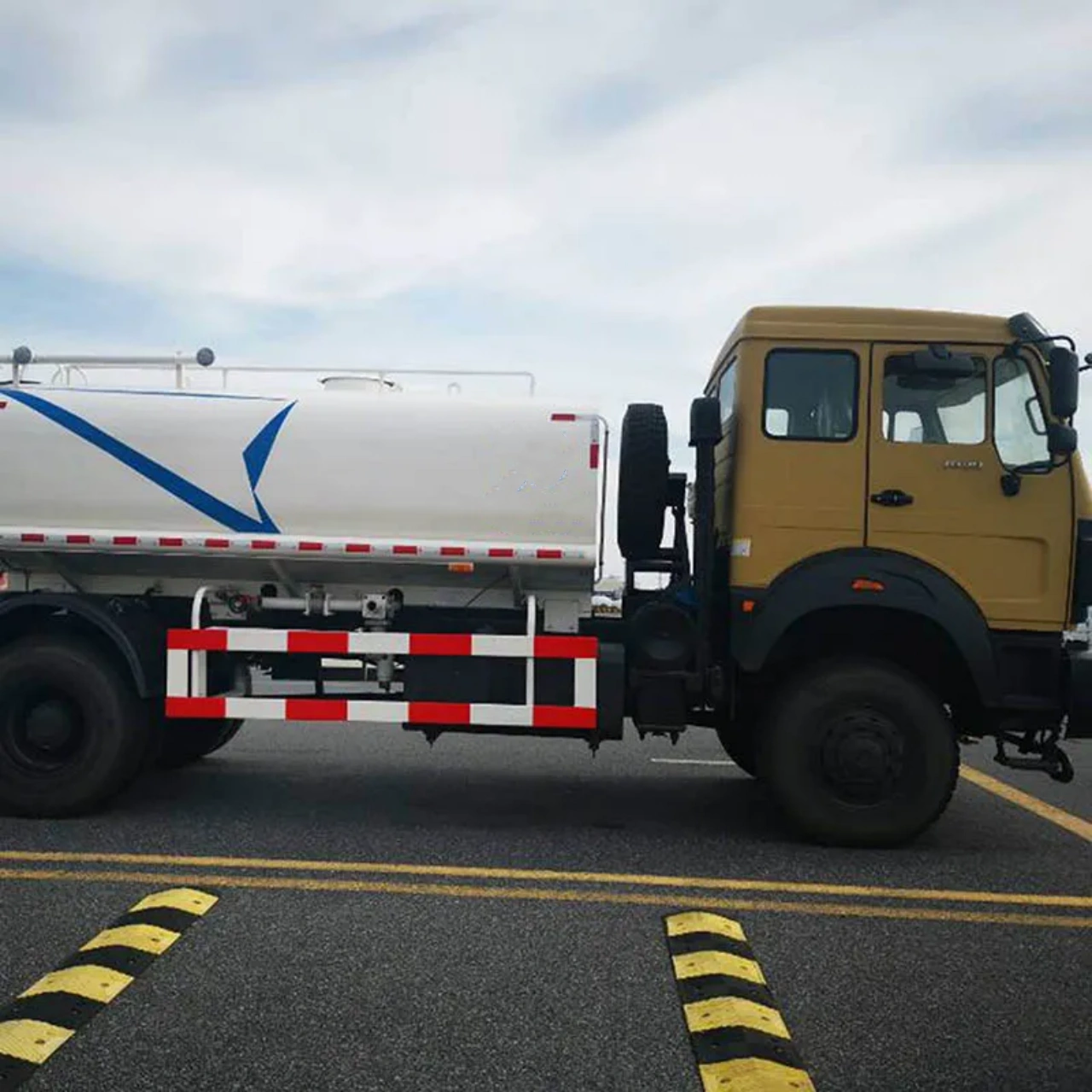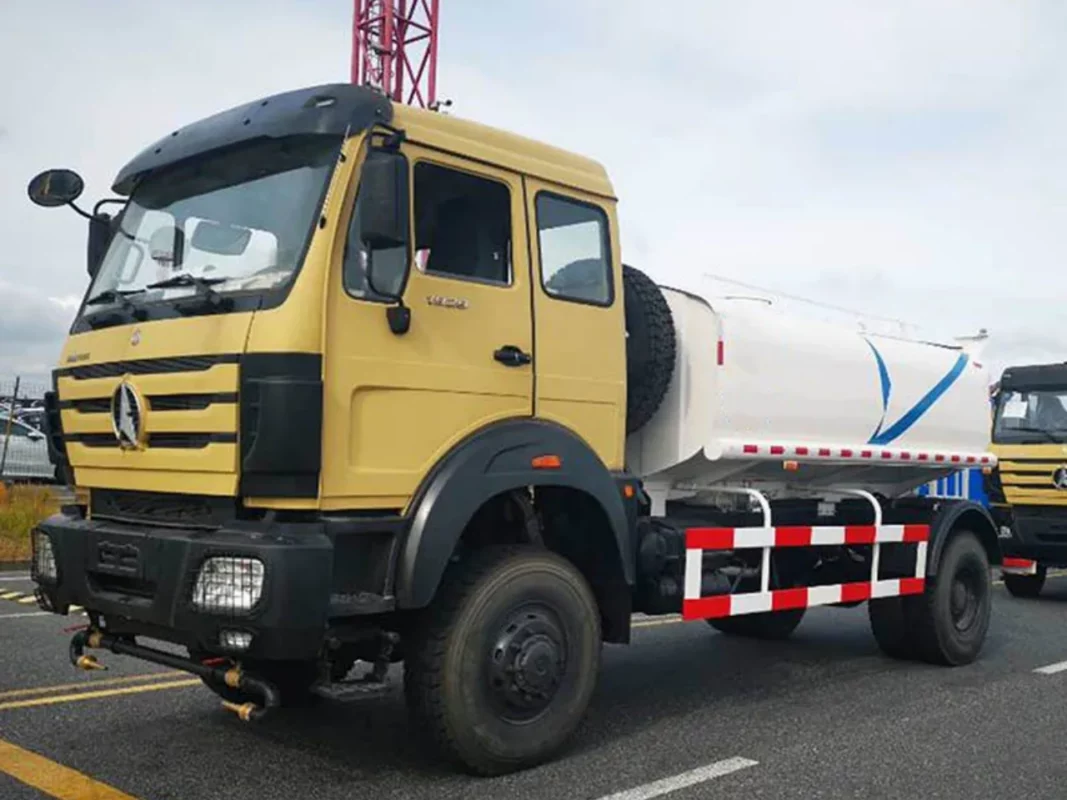When you see a tank truck rolling down the highway, its sheer size is often enough to capture attention. Whether carrying gasoline, milk, chemicals, or water, tank trucks are crucial to industries that require the safe and efficient transportation of liquids and gases. But just how big is a tank truck? The answer isn’t simple because tank trucks come in a wide range of sizes depending on their purpose, regulatory restrictions, and the type of materials they haul. Let’s explore the various dimensions, capacities, and types of tank trucks to better understand their true scale.
Understanding the Basics: What is a Tank Truck?
A tank truck, sometimes called a tanker truck, is a motor vehicle designed to carry liquids, gases, or dry bulk materials. Unlike flatbed or box trucks, a tank truck’s cargo area is cylindrical, which provides strength under pressure and minimizes sloshing of the contents during transport. Tank trucks can be insulated, pressurized, or even compartmentalized based on the specific type of material they transport.
Tank trucks serve industries ranging from petroleum and food service to construction and agriculture. Consequently, the size of a tank truck can vary significantly depending on its intended use.
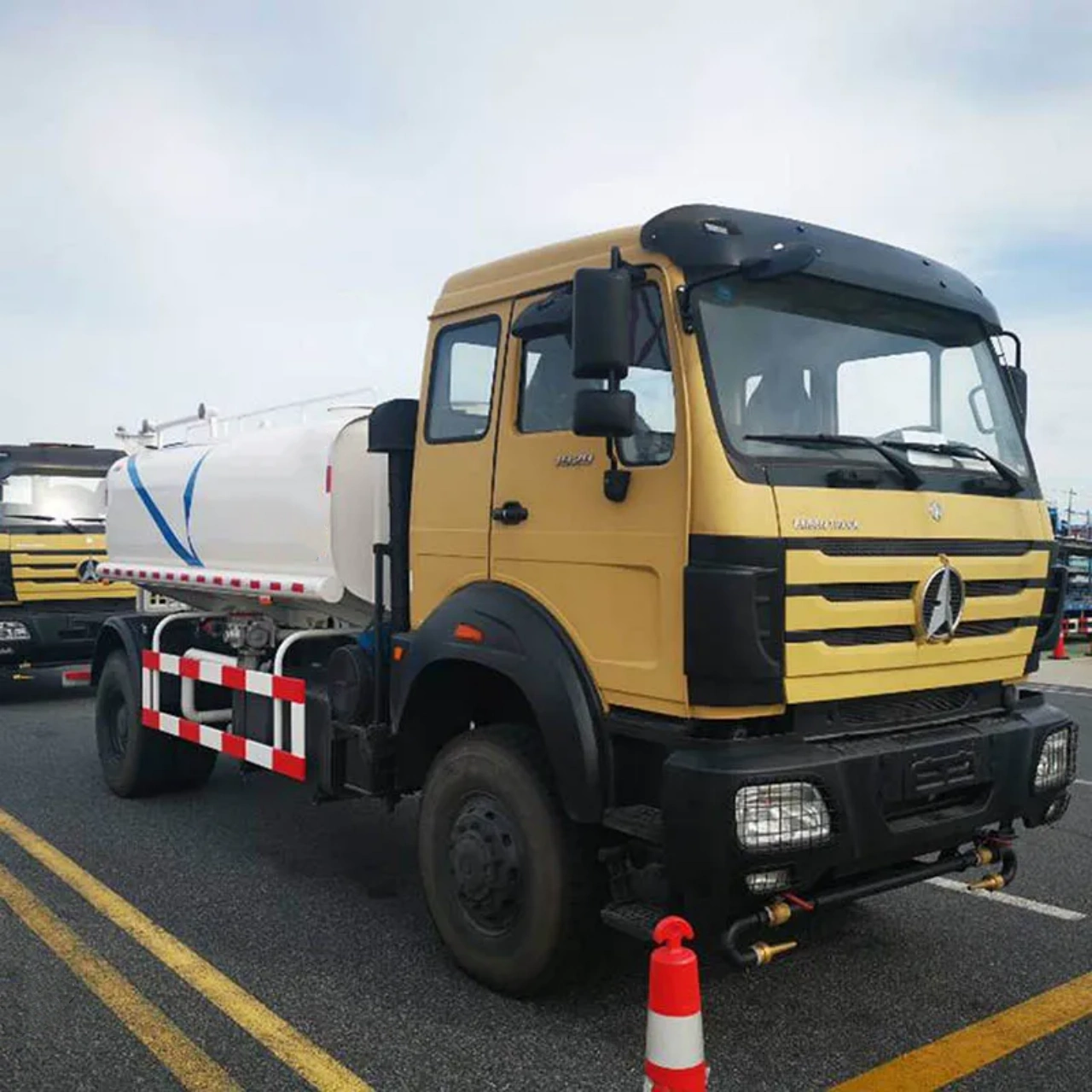
Common Sizes of Tank Trucks
Small Tank Trucks
Small tank trucks are typically used for local deliveries or specialized tasks like residential heating oil deliveries, septic services, or smaller-scale food and beverage transport.
- Length: 10 to 20 feet (3 to 6 meters)
- Capacity: 500 to 3,000 gallons (1,890 to 11,360 liters)
- Gross Vehicle Weight Rating (GVWR): Up to 33,000 pounds (14,969 kilograms)
These smaller units are often built on a single-axle or dual-axle truck chassis, making them more maneuverable in urban environments and capable of reaching locations that larger trucks cannot.
Medium Tank Trucks
Medium tank trucks strike a balance between capacity and mobility. They are commonly used for fuel deliveries to commercial clients or to refill gas stations in smaller towns.
- Length: 20 to 30 feet (6 to 9 meters)
- Capacity: 3,000 to 7,000 gallons (11,360 to 26,500 liters)
- GVWR: 33,001 to 80,000 pounds (14,970 to 36,287 kilograms)
Many medium tank trucks are built on heavy-duty truck frames and feature multiple compartments to carry different types of liquids simultaneously.
Large Tank Trucks (Semi-Trailer Tankers)
When you picture the biggest tank trucks on the road, you’re usually thinking of large tank trailers pulled by tractor units—also known as semi-trailer tankers. These trucks are used for long-haul deliveries of petroleum products, bulk chemicals, milk, and other fluids over long distances.
- Length: 40 to 53 feet (12 to 16 meters)
- Capacity: 5,000 to 11,600 gallons (18,927 to 43,900 liters)
- GVWR: Up to 80,000 pounds (36,287 kilograms), which is the typical federal weight limit for highway travel in the United States.
Some tank trailers are specially built to exceed even these limits when operating under special permits or in regions with higher allowable weight limits.
Factors That Affect Tank Truck Size
Several factors influence how big a tank truck can be:
1. Cargo Type
- Hazardous materials (like flammable liquids) are often transported in smaller quantities to reduce risk.
- Food-grade liquids require special linings and compartments, which can also influence the size and shape.
2. Material of the Tank
- Aluminum tanks are lighter, allowing for a greater cargo capacity within legal weight limits.
- Steel tanks, especially stainless steel, are heavier but necessary for hauling corrosive or high-temperature liquids.
3. Regional Regulations
- Different countries, and even different states or provinces within a country, set maximum allowable lengths, weights, and axle configurations for tank trucks.
- For example, Australia’s road trains (a type of extremely long truck) can haul tank trailers with multiple sections totaling more than 120 feet (36 meters) in length!
4. Design of the Tank
- Single-compartment tanks are typically used for transporting one type of liquid.
- Multi-compartment tanks are divided internally, allowing different materials or multiple loads to be transported without mixing.
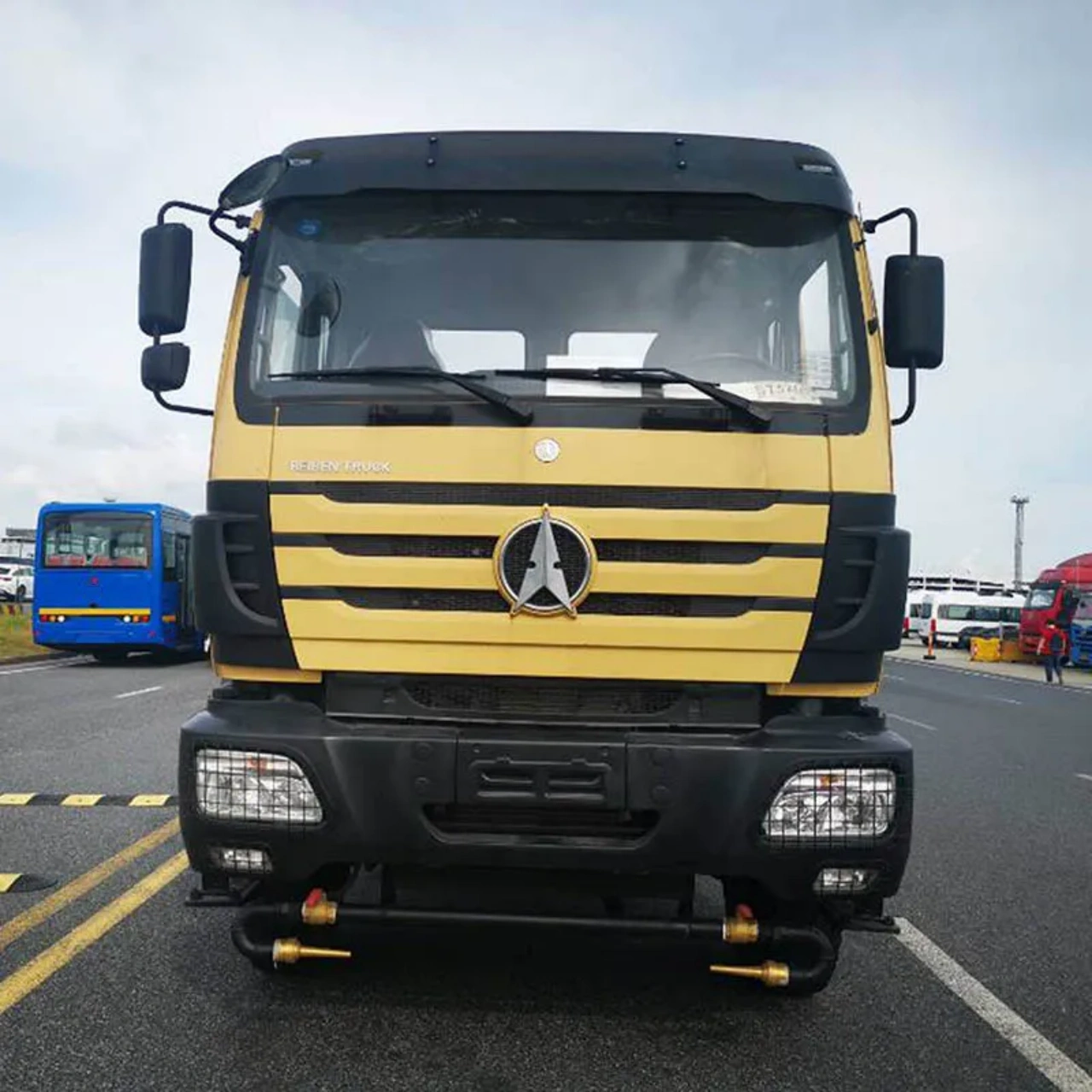
Specialized Types of Tank Trucks
Not all tank trucks are created equal. Some are built for very specific uses and come with their sizing considerations:
- Cryogenic tank trucks: Carry liquefied gases like liquid oxygen or nitrogen at very low temperatures. They are heavily insulated and smaller in size compared to standard fuel tankers.
- Dry bulk tankers: Although they look similar, they carry dry powders such as cement or flour. They are larger in diameter and often shorter than liquid tankers.
- Chemical tankers: Built to carry aggressive chemicals, these often have reinforced structures and can be both medium and large.
Visualizing the Size
Imagine standing next to a large petroleum tanker. The top of the tank might easily tower 12 to 13 feet (about 4 meters) over you. The truck itself could stretch almost the length of a full basketball court. Fully loaded, the vehicle might weigh more than 25 adult African elephants!
The sheer size isn’t just for looks—it’s optimized for efficiency, ensuring that massive amounts of cargo can be moved as safely and economically as possible.
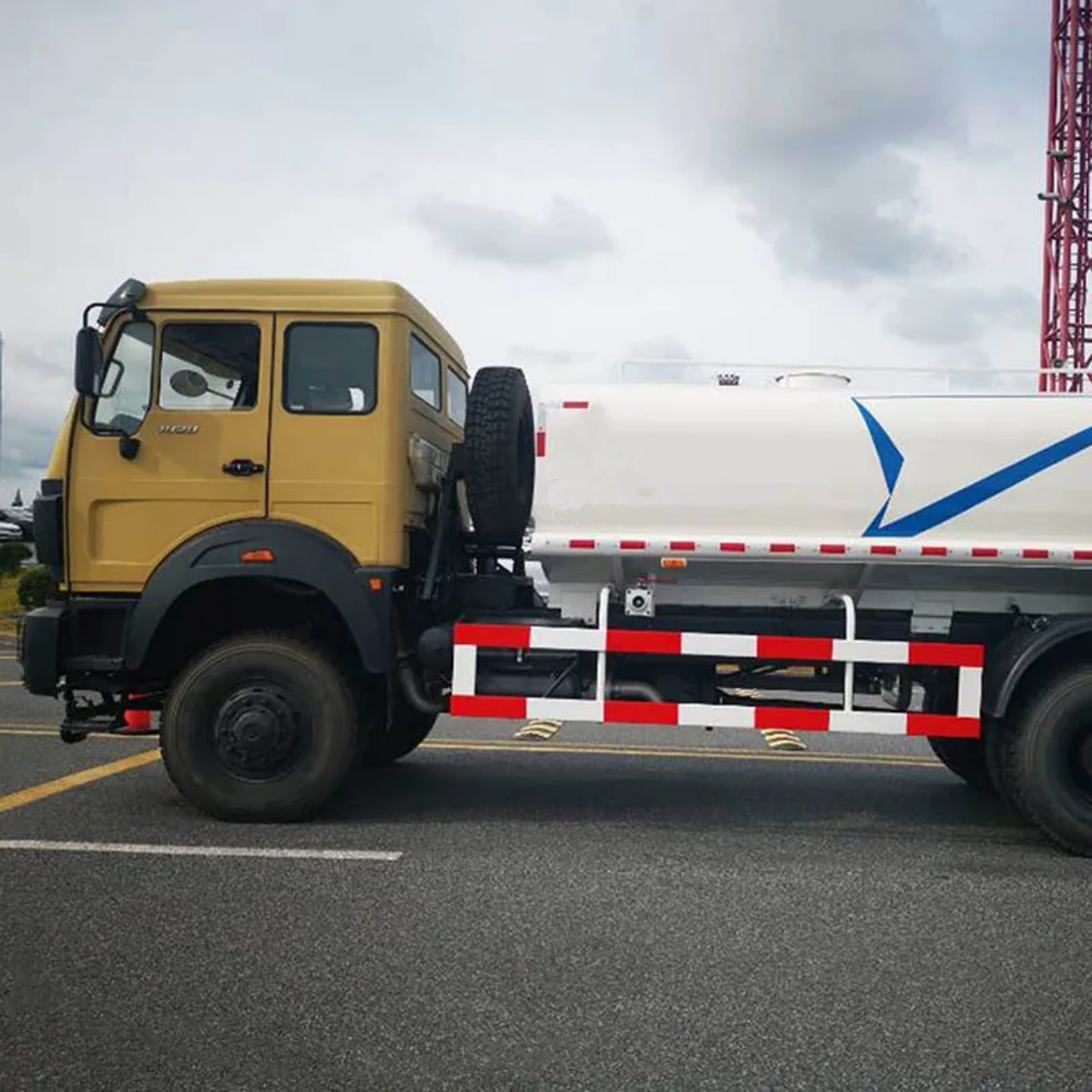
Why Size Matters
Understanding the size of a tank truck is critical for many reasons:
- Road Safety: Larger tank trucks have larger blind spots, require longer stopping distances, and have stricter route regulations.
- Delivery Efficiency: Larger capacities mean fewer trips, saving time and money.
- Infrastructure Requirements: Bridges, roads, and loading facilities must be capable of supporting the size and weight of these vehicles.
For businesses that rely on bulk transport, choosing the right size of tank truck can affect profitability, safety, and compliance with laws.
Conclusion
So, how big is a tank truck? It depends. They range from compact, nimble trucks carrying a few hundred gallons to massive semi-trailers hauling more than 10,000 gallons across vast distances. The specific size is determined by the cargo, regional laws, and operational needs. Regardless of size, tank trucks are marvels of engineering that enable the smooth flow of the resources that fuel our daily lives—from the gasoline in our cars to the milk on our breakfast table.
Next time you see one roaring down the highway, you’ll know: there’s a lot more to a tank truck than just its impressive presence!
